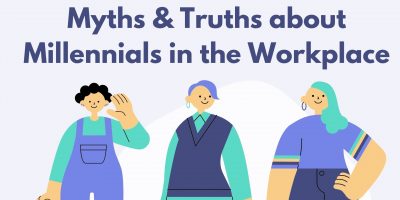
Skills-First Hiring Guide
A degree is no longer the only path to landing a great job. As companies relax their degree requirements, our skills-first hiring guide explores how to redefine employment criteria to build a more diverse and capable team.

The increasing digitization of the world has made reviews the primary way for customers to gauge a business. Customers rely on reviews to make better-informed decisions, and companies can directly receive feedback and engage. Below you can find customer review statistics that show the importance of positive online reviews.


As seen by the customer reviews statistics above, online reviews are a significant factor in the customer’s decision-making process. Businesses need to embrace and invite customers to leave reviews and implement them in their marketing strategy.
Browse our curated list of vendors to find the best solution for your needs.
Subscribe to our newsletter for the latest trends, expert tips, and workplace insights!

A degree is no longer the only path to landing a great job. As companies relax their degree requirements, our skills-first hiring guide explores how to redefine employment criteria to build a more diverse and capable team.

Beyond holiday festivities and annual performances, here’s why December’s focus should be about celebrating human rights in the workplace.

In the face of a slowdown in hiring, sweeping policy changes, economic uncertainty, and an increase in ghost jobs, securing employment seems more challenging than ever. However, there may still be a silver lining.

Understand the complexities of the millennial workforce to foster better collaboration and leadership in the modern workplace.
Used by most of the top employee benefits consultants in the US, Shortlister is where you can find, research and select HR and benefits vendors for your clients.
Shortlister helps you reach your ideal prospects. Claim your free account to control your message and receive employer, consultant and health plan leads.